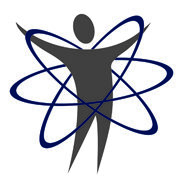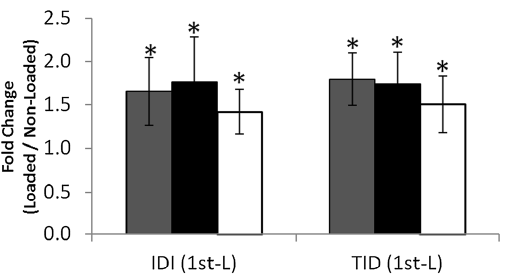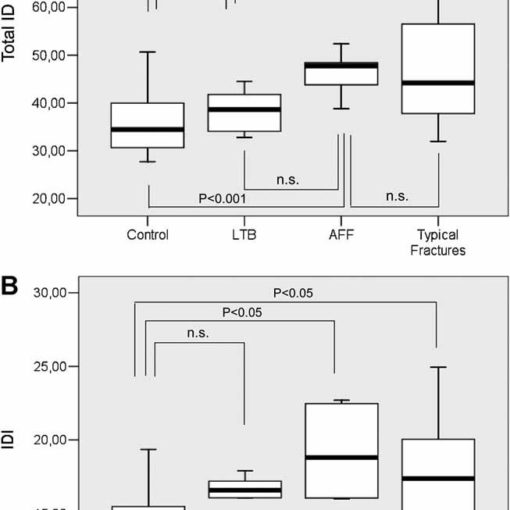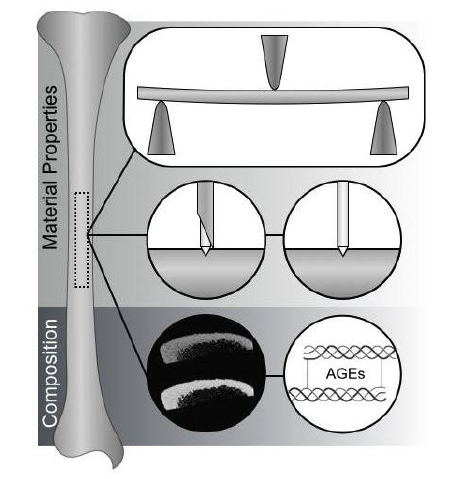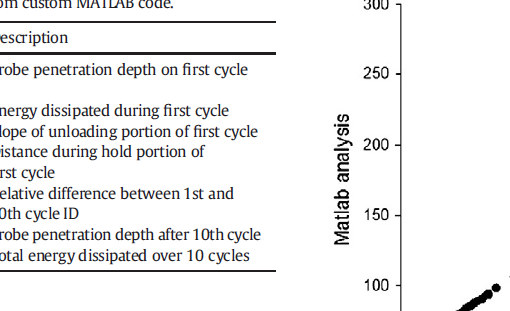Abstract
Fracture non-unions and bone re-fracture are common challenges for post-fracture management. To achieve better prognosis and treatment evaluation, it is important to be able to assess the quality of callus over the time course of healing. This study evaluated the potential of spatially offset Raman spectroscopy for assessing the fracture healing process in situ. We investigated a rat model of fracture healing at two weeks and 4 weeks post fracture with a fractured femur and a contralateral control in each animal. Raman spectra were collected from the depilated thighs on both sides transcutaneously in situ with various source/detection offsets. Bone signals were recovered from SORS spectra, and then compared with those collected from bare bones. The relative intensity of mineral from fractured bone was markedly decreased compared to the control. The fractured bones demonstrated lower mineral and carbonate level and higher collagen content in the callus at the early time point. Compared to week 2, collagen mineralization and mineral carbonation increased at 4 weeks post fracture. Similarly, the material properties of callus determined by reference point indentation also increased in the 4-week group, indicating improved callus quality with time. The results from Raman analysis are in agreement with radiographic and material testing, indicating the potential of this technique in assessing fracture healing in vivo.
Photonic Therapeutics and Diagnostics XII – San Francisco, United States https://doi.org/10.1117/12.2224493
